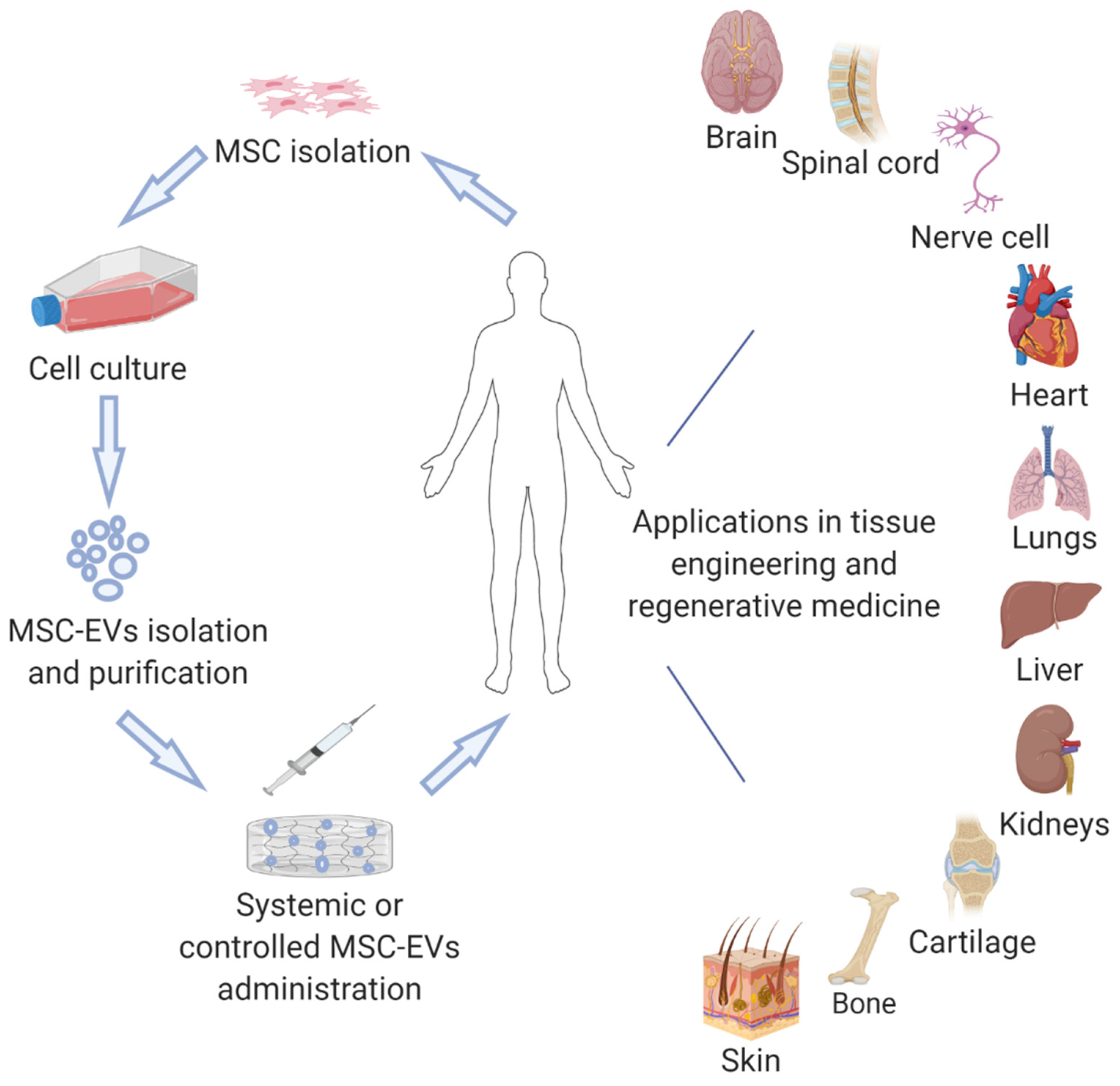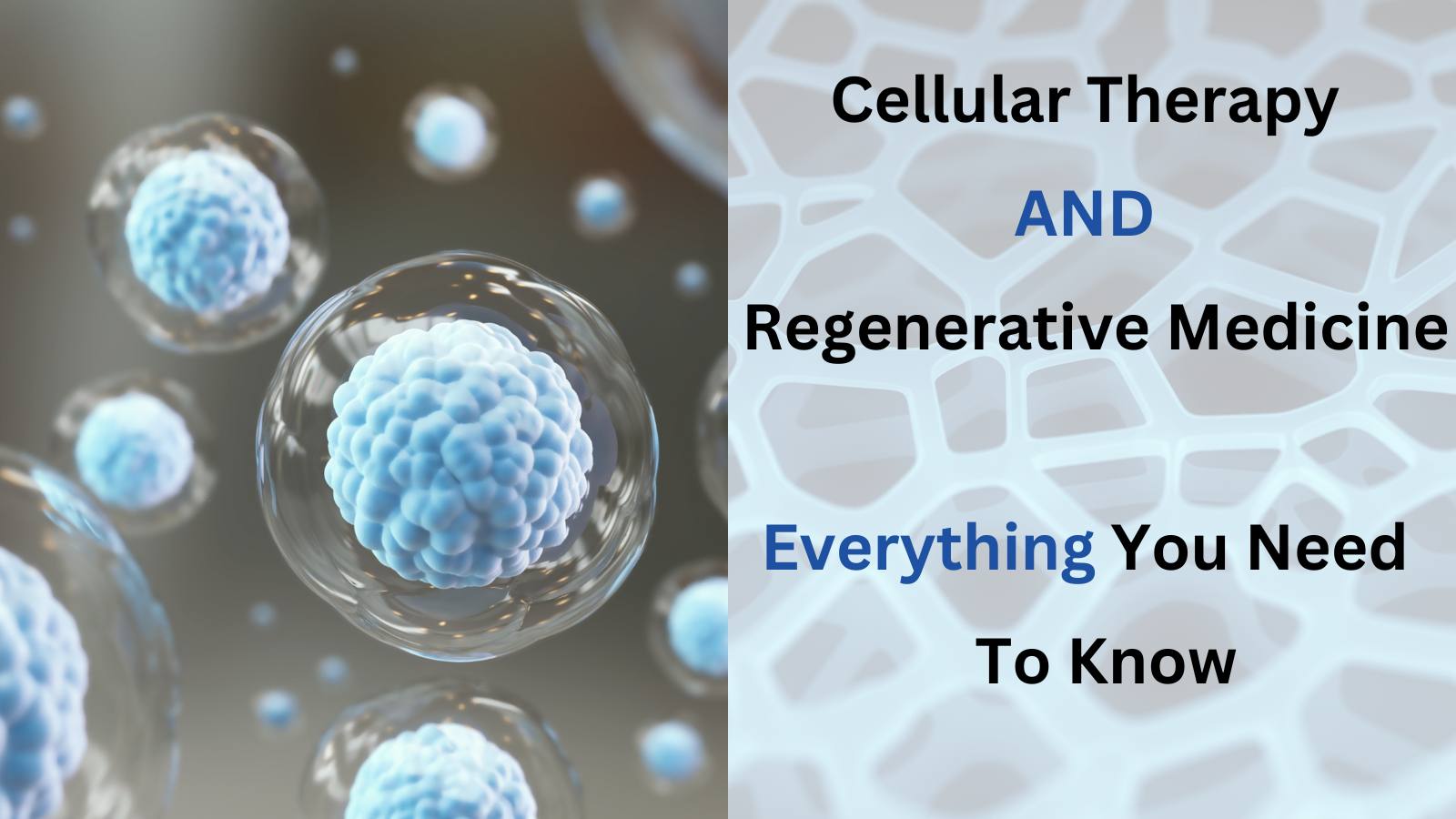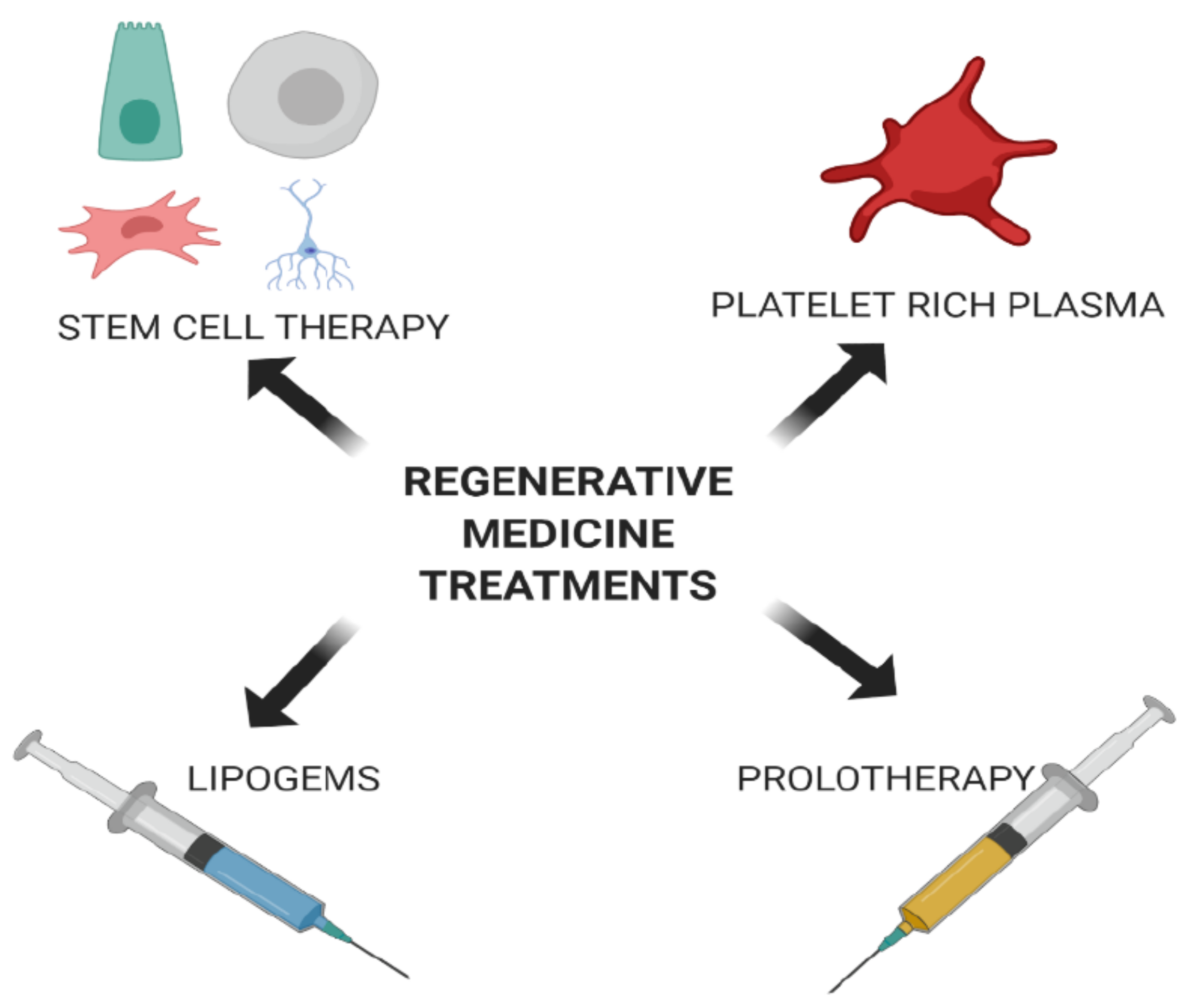Table of Contents

[/image][=video]
[/video]
There are numerous sorts of stem cells. Generally, the term stem cell describes a group of cells that give increase to other cells (like skin, blood, heart, and muscle cells) by replicating and distinguishing in action to chemical signs. Totipotent stem cells show up at the earliest phase of growth and are the only stem cells which can generate embryonic stem cells and the placenta.
Bone marrow transplant (BMT) is a special treatment for patients with certain cancers cells or various other diseases. A bone marrow transplant includes taking cells that are usually located in the bone marrow (stem cells), filtering system those cells, and providing them back either to the contributor (client) or to an additional individual. The goal of BMT is to transfuse healthy bone marrow cells into a person after his/her very own undesirable bone marrow has actually been treated to eliminate the irregular cells.
Bone marrow is the soft, mushy cells discovered inside bones. It is where a lot of the body's blood cells develop and are saved. The blood cells that make various other blood cells are called stem cells. The most primitive of the stem cells is called the pluripotent stem cell. This is various than other blood cells when it come to the complying with homes: It is able to duplicate an additional cell identical to itself.
It is the stem cells that are required in bone marrow transplant. The goal of a bone marrow transplant is to heal many diseases and kinds of cancer. When the doses of radiation treatment or radiation needed to cure a cancer cells are so high that an individual's bone marrow stem cells will be permanently harmed or destroyed by the treatment, a bone marrow transplant might be needed.
Stem Cell Therapy servicing Ann Arbor, Michigan
This process is usually called rescue. Replace bone marrow with genetically healthy operating bone marrow to protect against even more damage from a genetic disease process (such as Hurler's syndrome and adrenoleukodystrophy). The dangers and benefits need to be weighed in a thorough conversation with your doctor and professionals in bone marrow transplants prior to the treatment.
There are different kinds of bone marrow transplants relying on that the donor is. The different sorts of BMT include the following: The benefactor is the person himself or herself. Stem cells are taken from the patient either by bone marrow harvest or apheresis (a process of collecting peripheral blood stem cells), frozen, and after that offered back to the patient after extensive therapy.
The donor shares the very same hereditary kind as the client. Stem cells are taken either by bone marrow harvest or apheresis from a genetically matched donor, usually a sibling or sibling. Various other donors for allogeneic bone marrow transplants might include the following: A haploid-identical suit is when the contributor is a moms and dad and the hereditary match goes to least half identical to the recipient.

Matching involves keying human leukocyte antigen (HLA) cells. The antigens on the surface of these special leukocyte identify the hereditary makeup of an individual's immune system. There go to the very least 100 HLA antigens; however, it is believed that there are a couple of significant antigens that figure out whether a benefactor and recipient suit.
Clinical research study is still investigating the role all antigens play in the procedure of a bone marrow transplant. The even more antigens that match, the far better the engraftment of donated marrow. Engraftment of the stem cells takes place when the contributed cells make their way to the marrow and begin making new members cells.
Hormone Therapy
All people interact to give the very best opportunity for an effective transplant. The group includes the following: Doctor that concentrate on oncology, hematology, immunology, and bone marrow transplantation. A nurse that organizes all aspects of care given before and after the transplant. The nurse organizer will certainly provide individual education and learning, and collaborates the diagnostic testing and follow-up care.
Experts who will certainly assist you meet your dietary requirements before and after the transplant. A number of other team participants will evaluate you before hair transplant and will certainly provide follow-up treatment as required.

A total clinical background and physical examination are performed, including several tests to evaluate the person's blood and body organ functions (for example, heart, kidney, liver, and lungs). A patient will commonly enter the transplant center as much as 10 days before transplant for hydration, analysis, positioning of the central venous line, and various other preparations.
Blood items and medications will certainly be offered with the catheter during therapy. For an allogeneic transplant, a suitable (tissue entered and matched) contributor should be offered. Finding a matching benefactor can be a difficult and prolonged process, specifically if a brother or sister suit is not offered. Voluntary marrow contributors are registered in numerous national and international computer registries.
Benefactor resources available consist of: self, sibling, parent or family member, nonrelated person, or umbilical cord from a related or nonrelated person. There are nationwide and international pc registries for nonrelated people and cable blood. Some member of the family may be entered due to the need to aid. These relatives might or may not elect to have their type signed up for use with other recipients.
Medical Group servicing Ann Arbor, Michigan
Tests associated with his or her health, exposure to viruses, and hereditary evaluation will certainly be done to figure out the level of the match. The benefactor will certainly be offered guidelines on exactly how a bone marrow donation will be made. Once a match for a person needing a bone marrow transplant is discovered, then stem cells will be gathered either by a bone marrow harvest.
Or by an outer blood stem cell collection. This is where stem cells are gathered from the distributing cells in the blood. Of the two, peripheral blood stem cell contributions are now much more common. Cord blood has already been accumulated at the time of a birth and saved for later usage.
Navigation
Latest Posts
Perimenopause Treatment local to Ann Arbor, Michigan
Menopause Therapy
Menopause Treatment servicing Ann Arbor, Michigan